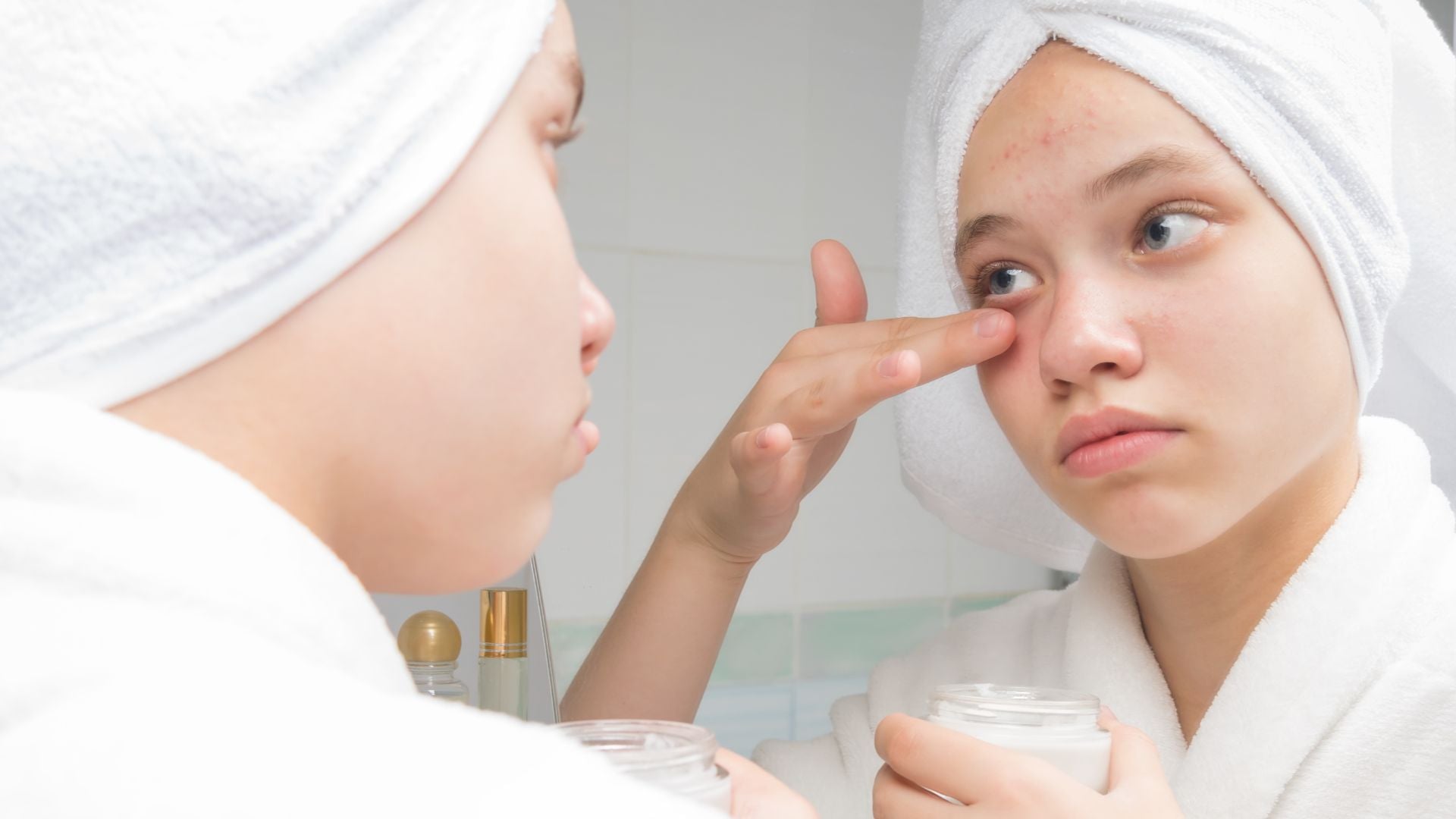Article: Phthalates

Phthalates
From the 'Addition Awareness' Series
Phthalates (pronounced tha-layts) are synthetic chemicals typically found in cosmetics, nail polish, hair products, and fragrances. They are often added to cosmetics to enhance the shelf life of fragrances but are also used to make plastics more flexible. Chemical names or acronyms you might see on cosmetic ingredient labels include dibutyl phthalate (DBP), di-2-ethylhexylphthalate (DEHP) and diethyl phthalate (DEP), but there are many other forms of phthalates.1 Also keep an eye out for “fragrance / parfum” listed as an ingredient on a cosmetics label because fragrance cocktails are considered trade secrets in the beauty industry, and cosmetic manufacturers do not have to disclose all of the chemicals used in a product. As you may have guessed, fragrances often contain phthalates… Our advice? Avoid it!
Why avoid Phthalates?
-
Phthalates can cross the placenta: Pregnant women and young children are the most vulnerable to the effects of this class of chemicals. When phthalates cross the placental barrier, they can interfere with hormone production and cause fetal abnormalities, including genital malformations, undescended testes, and lasting effects on a child’s development into adulthood.2
-
Impact child development: Prenatal exposure to phthalates can affect a child’s neurodevelopment and behavioral outcomes.3 According to the National Institute of Environmental Health Sciences, the offspring has increased chances of early onset of puberty, lower testosterone levels in adolescent males and lower sperm counts in adult males.
-
Increased risk of infertility: Infertile men tend to have higher levels of DEP in their blood while infertile women show DEP and DBP.5
-
Increased risk of miscarriage: A study on female lab rats exposed to chronic levels of DBP and other phthalates showed an impact on sex hormone function and increased risk of miscarriage.4
-
They are banned in the EU: Both DEHP and DBP have known carcinogenic properties. The National Toxicology Program and U.S. Environmental Protection Agency state that DEHP is a human carcinogen based on evidence of carcinogenicity of animal studies. DEHP and DBP are both already banned in the EU for use in cosmetics.6
Where are phthalates hiding?
Phthalates are considered the “everywhere” chemical and are not just limited to cosmetics. They are also found in some food packaging, as an additive to PVC, on liners in weather-proof clothing, and in medical IV’s and devices. It is so important to be aware of the many ways that couples TTC, and pregnant mamas, may be exposed to phthalates so that they can reduce their toxin load and the unwanted reproductive effects on their fertility and baby. When it comes to consumer products, it is especially important to select safer products during this critical time. As for cosmetics – you can count on Addition Beauty for quality products that do NOT include phthalates or other harmful chemicals that should be avoided!
Sources
1https://www.safecosmetics.org/get-the-facts/chemicals-of-concern/phthalates/
4Gray LE, et al., Chronic di-n-butyl phthalate exposure in reats reduces fertility and alters ovarian function during pregnancy in female Long Evans hooded rats. Toxicological Science, vol. 93, no. 1, pp 189-95, 2006. Available online: https://toxsci.oxfordjournals.org/content/93/1/189.full.pdf August 18, 2014.
5Tranfo G., et al., Urinary phthalate monoesters concentration in couples with infertility problems. Toxicology Letters, vol. 213, pp 15-20, 2012. Abstract Available online: https://www.ncbi.nlm.nih.gov/pubmed/22197707 August 18, 2014
6https://www.compliancegate.com/phthalate-regulations-european-union/

